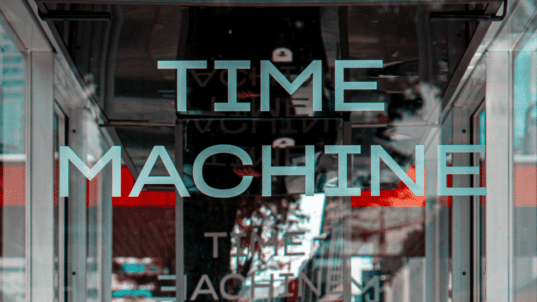
Photo by fauxels from Pexels
Shared credit as a way to foster genuine collaboration
As students entered the classroom, there sat their professor, Walt Jenkins, playing The House of the Rising Sun through the sound system. When the song ended, Professor Jenkins began class.
“Some of you expressed concern about the credit you will receive for the reports you submit for your collaborative discussions. It seems like some of you feel that you deserve more credit for the reports than others.
“The song I just played was The House of the Rising Sun. The version I just played was the most popular version, by a British group called The Animals. The interesting thing about the song is that it has no one person who wrote it. The song is of a genre called ‘roots music.’ It evolved from singer to singer. Each singer added to the lyrics or put their own spin on the song. In effect, the song was a result of collaborations among many people over time.
“Creative collaborative discussions follow a similar developmental path. They are developed by regular people like you and me. There is no one author. Everyone who takes part in the discussion contributes something, just as every new rendition of The House of the Rising Sun added something new. There is no pride of exclusive authorship, but rather the satisfaction of sharing in a joint act of creation. The result of the collaboration is shared with others. It is meant to be passed along and to stimulate new discussions. Eventually each person will view the possibilities from their own perspective, and each can reshape them as desired. Like the Rising Sun, the possibilities you develop are a product of individuals working together—for use by other individuals, and to be passed along for new renditions and new occasions.”
For creative collaboration to work, the credit for any work product must be shared. If the concern for securing individual credit is too strong, then true collaboration will be diminished. Productive collaborations are not easy. There are those of us who tend to dominate discussions and take charge of the work product. There are others who are more followers. They will do their part, but not as leaders. Different contributions will fit together in an complementary way. Unfortunately, there are also freeloaders that go along for the ride but make few contributions.
In classroom collaboration, it may seem easiest to allocate credit based upon the group’s assessment of the contributions of each group member. But this approach threatens to negate a powerful educational experience. Students need to learn how to collaborate so that everyone is a contributor. While not everyone will have the same role, the group needs to identify and encourage each other in the role that is best suited for them. Productive collaboration will be more than the sum of the individual contributions. It will be about the interaction of their contributions.
Learning how to collaborate may be one of the most important lessons students learn. Out in the world, there are virtually no single person jobs. Most workers need to be able to collaborate productively. When students enter the workforce, they will receive performance evaluations based upon how well they participate in collaboration. Those who take charge and overwhelm others will not get a good evaluation, nor will the freeloader. You can find some ideas for group evaluation in the Interactivity Foundation’s Guidebook for Student Centered Classroom Discussions.
* * *
“It is amazing what can be accomplished when nobody cares about who gets the credit.” – Robert Yates (NASCAR owner)
This post is part of our “Think About” education series. These posts are based on composites of real-world experiences, with some details changed for the sake of anonymity. New posts appear Wednesday afternoons.



